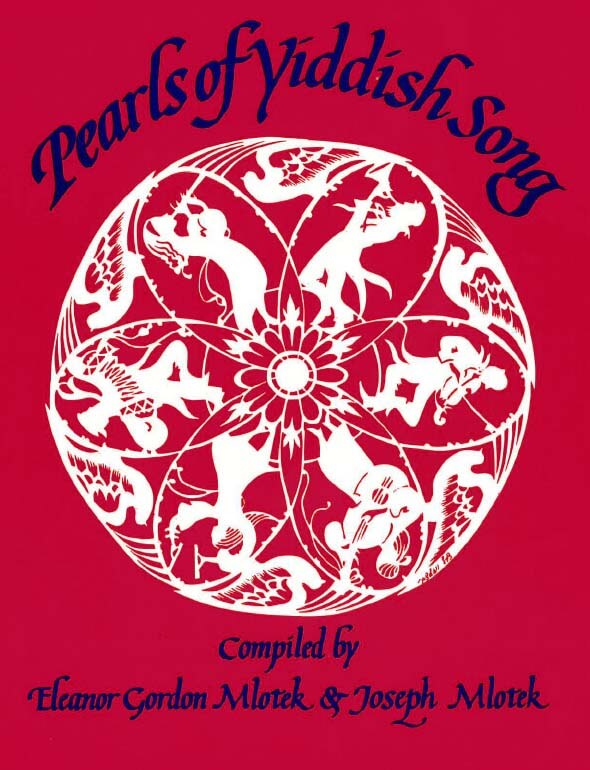The song consists of two words written (or possibly arranged) by Joseph Rumshinsky (1881-1956) for Gersham Bader’s operetta Dem rebns nign (The Rabbi’s Melody) in 1919.
In his article, “My First Meeting with Peretz,” Sholem Asch recalls that around 1901 Peretz often sang a Hassldic song consisting of one word “Rebenyu, oy, oy, rebenyu.” This may have been the song he was referring to.
It was published as an anonymous folksong in 1911 by Z. Kisselgof; by Max Persin in sheet music (by Jos. P. Katz), N.Y., 1919; and in subsequent folksong collections. We are indebted to musicologist Meir Noy of Tel Aviv for the sources.

Our beloved Rebbe, Rebbe, Rebbe!
oy-vey, Rebbe, Rebbe, Rebbe!
Our beloved Rebbe, Rebbe, Rebbe!
oy-vey, Rebbe!
Our, our Rebbe!
Our, our Rebbe!
Our, our Rebbe!
Our beloved Rebbe!
Undzer rebenyu, rebenyu, rebenyu!
Oy-vey, rebenyu, rebenyu, rebenyu!
Undzer rebenyu, rebenyu, rebenyu,
Oy-vey, rebenyu.
Undzer, undzer rebenyu!
Undzer, undzer rebenyu!
Undzer, undzer rebenyu,
Undzer rebenyu.
*rebe, rebenyu — Hassidic Rabbi
אונדזער רביניו, רביניו, רביניו!
אױ, װײ, רביניו, רביניו, רביניו!
אונדזער רביניו, רביניו, רביניו,
אױ, װײ, רביניו.
אונדזער, אונדזער רביניו!
אונדזער, אונדזער רביניו!
אונדזער, אונדזער רביניו,
אונדזער רביניו.
Song Title: Undzer Rebenyu

First published in 1988 as Pearls of Yiddish Song: Favorite Folk, Art and Theatre Songs, this anthology contains 115 songs. Some material had never been published, while others, included in rare song collections or sheet music, were largely inaccessible. The songs presented reflect Jewish life in Eastern Europe and the United States and depict childhood, love, family celebrations, poverty, work and struggle. There are also songs from the Hasidic and Maskilic movements, songs of Zion and of America, as well as songs from the Yiddish theater.
The title of this anthology derives from the weekly two-page feature column “Pearls of Yiddish Poetry,” which the compilers Yosl and Chana Mlotek initiated in 1970 in the Yiddish newspaper Der Forvertz (the Yiddish Daily Forward). Hundreds of readers from around the world — including authors, composers, singers, actors — became co-participants in this collective folk project and recalled melodies, lines, fragments, stanzas and their variants of songs, poems, and plays which they had heard in their youth. At first, readers sent in only written material. Later, they also taped songs on cassettes, many of whose melodies had, until then, never been recorded. They also identified and supplied missing information regarding lyricists, poets, and composers and described the circumstances surrounding the songs’ origins, their dissemination, diffusion and impact.